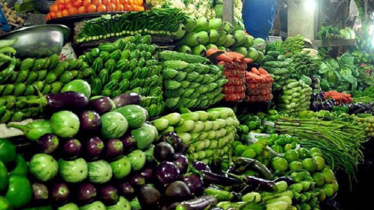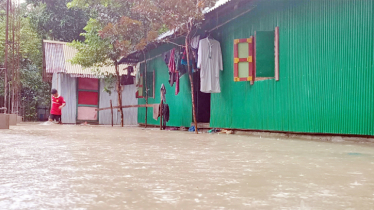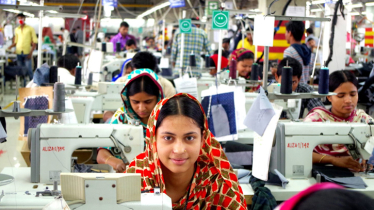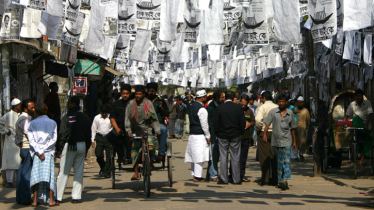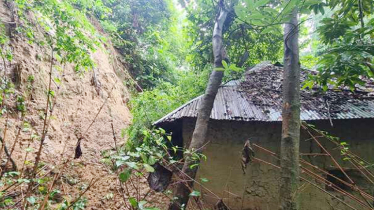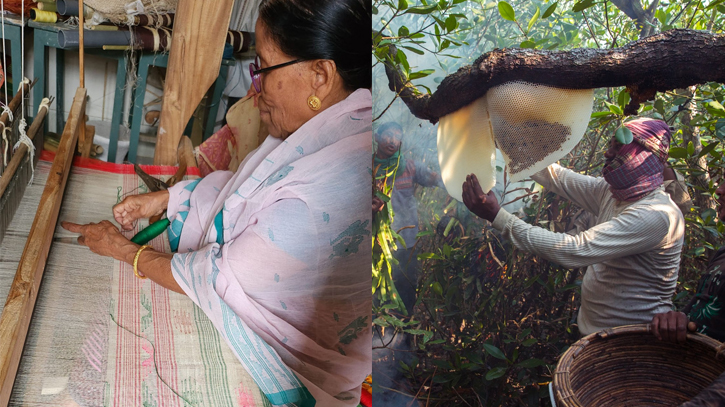
Photo : Collected
When the government is at a loss on how to recover the coveted Geographical Indication (GI) of Tangail Saree, the authorities are in fresh criticism when the famed honey of Sundarban forest has received GI rights by India, not Bangladesh.
The social media netizens are once again enraged to hear the news of Tangail Saree and now Sundarban Honey, a brand which is very popular among consumers.
Bangladesh has also applied for GI rights for 14 traditional products which have a typical hallmark of native anthropological history, including Date Palm Molasses of Jashore, Amrita Sagar Banana of Narsingdi, Nakshikatha of Jamalpur, Pineapple of Madhupur, Monda of Muktagacha, Rosogolla of Gopalganj, and also Tangail Saree and Sundarbans Honey.
The bureaucratic delays have been blamed for the delay in losing GI rights.
On January 2, the West Bengal Forest Development Corporation received a certificate from the Department of Patent Designs and Trademarks (DPDT) for the registration of 'Sundarbans honey' as a GI product, which they applied for in 2021.
The world’s largest salt-tolerant mangrove forest, Sundarban Forest, covers an area of about 10,000 sq. km., of which forests in Khulna Division, Bangladesh, are over 6,517 sq. km. and in West Bengal, the forest is over 3,483 sq. km across the South and North 24 Parganas districts.
The Sundarbans span 10,000 sq. km, with 66 per cent in Bangladesh and 34 per cent, one-third, lying in India, according to the Forest Department.
Bangladesh has been the primary collector of honey, with 230 metric tonnes in 2022 and 300 metric tonnes in 2023. But India's collection over the past seven years totals only 137 metric tonnes.
The history of honey in the Sundarbans goes back to 1798 when Buchanan recorded that a group of honey collectors (or Moulis) collected honey and wax.
For generations, villagers near the Sundarbans have collected honey from the mangroves from April to June each year.
The Department of Patents, Designs and Trademarks (DPDT) under the Bangladesh Ministry of Industries should have been aware after the Times of India reported on January 5 that Honey, Tangail, and Garad are among five more West Bengal products to get GI tag soon.
India GI list includes the 'Radhunipagal Rice' variety, listed as the 1042nd application, which has originated from the Bangladesh Rice Research Institute (BRRI). This rice variety is likely to be gobbled soon.
After Tangail Saree was recognised as a GI product of West Bengal on January 2, the weavers in Tangail asserted that the Tangail Saree gained global recognition as a product of Bangladesh.
The angry social media netizens are asking what else traditional products, in Bangladesh will lose GI rights? It’s time for the DPDT bosses to wake up and provide an acceptable explanation as to why Bangladesh is failing in GI rights.
Messenger/Fameema

